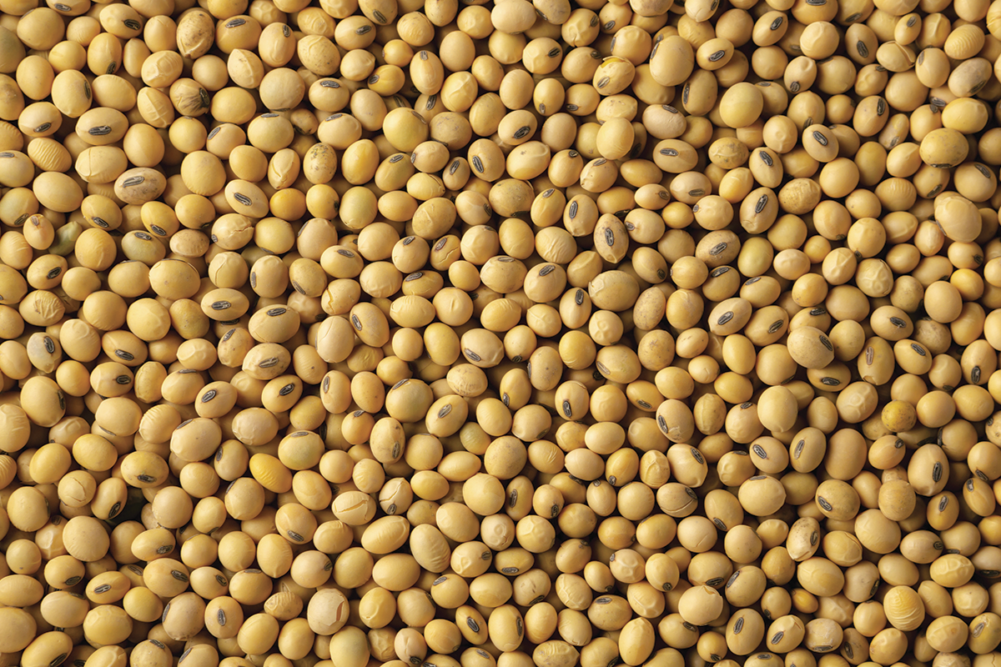WASHINGTON, DC, US — US agricultural exports in 2021 are on pace to beat the previous record of $154.5 billion in 2014, according to an International Agricultural Trade Report published by the US Department of Agriculture (USDA).
Exports in the first four months of 2021 reached a record $59 billion, surpassing the 2014 record by $5 billion. The USDA attributed the increase to robust global demand, high commodity prices and increased US competitiveness. Corn, sorghum, beef, food preparations and other products have reached record levels while soybeans, soybean meal, wheat and dairy have seen large increases.
An August 2020 World Trade Organization report examining the impact of COVID-19 on agricultural trade described the resilience of the sector as a whole, and highlighted the essential nature of food as a main factor. US agricultural exports during the pandemic reinforce this idea. While the export value of a few products like tree nuts, beef, and cotton declined in 2020, total exports were up significantly.
All other top export products performed as well as or better than 2019, according to the USDA. In the first four months of 2021, exports of top products have met, exceeded, or in some cases greatly exceeded exports from the same period in 2020, contributing to an overall increase of more than $12 billion.
Many upward trends from 2020 have continued into the new year. Global demand is rising, driven in part due to record purchases by China as it rebuilds its swine herd from African swine fever and demand for animal feed surges. The early 2020 signing of the phase one agreement between the United States and China created a pathway for US producers to step in and fill both the demand for pork, beef, and poultry products as well as the rising demand for animal feed. Production shortfalls reduced competition from feed exporters in South America, which also had an important effect on trade in the early months of 2021, according to the USDA.
The combination of increased global demand and reduced supply has led to price increases in the past year that look to benefit US exporters.
Two additional major trade agreements were implemented in 2020. The US-Japan Trade Agreement entered into force at the beginning of the year, providing tariff reductions for a wide range of agricultural products, including beef, pork, and dairy, as well as preferential market access provisions for others, including wheat and wheat products. While tariffs on many products were eliminated immediately, others will be gradually reduced in the coming years. The US-Mexico-Canada Agreement (USMCA) entered into force in mid-2020, containing provisions to expand market access for US exporters of dairy, poultry, eggs, and others while strengthening science-based trade rules and other processes. These agreements and the phase one agreement with China serve to facilitate trade with four of the United States’ top trading partners and will have lasting positive benefits for agricultural producers in 2021 and beyond.
Not only are year-to-date exports up across product groups, they also are up across nearly all major US partners. For each of the top 10 markets for US products in 2020 (China, Canada, Mexico, Japan, the European Union, South Korea, Vietnam, Taiwan, the Philippines, Colombia), total exports are higher in January – April 2021 compared to the same period in 2020, the USDA said. For 9 of these 10 markets (excluding the European Union), this sets a four-month export record. This diversity of potential markets is a source of strength and stability and is an indicator of high overall competitiveness of US products in 2021. This performance is reinforced by trade agreements with many of these top partners, including the recent agreements with Canada, Mexico, Japan, and China, as well as with South Korea and Colombia.
Based on current performance, US producers should look forward to a bright 2021 for agricultural exports. Global demand is high, and consumption habits for products that were affected by COVID-19 will continue to normalize.
If US exports continue to be as competitive as they have been in the early months of the year, 2021 has a great chance at becoming a record year, paving the way for more records to come, according to the USDA. As income worldwide increases and more customers emerge, US farmers, ranchers, and those employed in the industries driving agricultural trade should expect a large part of global demand to be met by the United States, fulfilling its role as one of the world’s largest suppliers of food and agricultural products.




